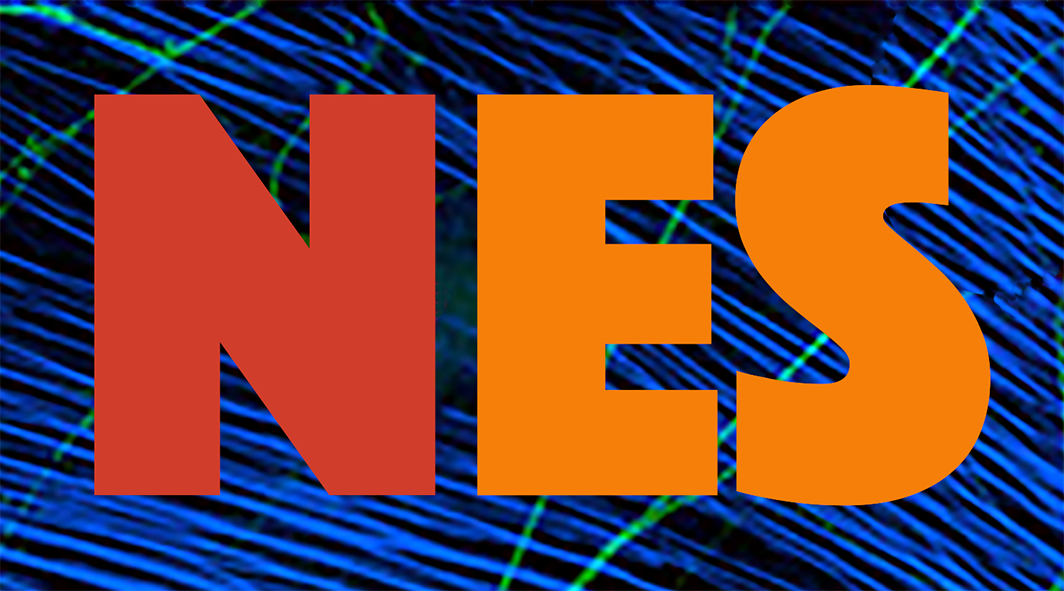
Fast Consensus and Metastability in a Highly Polarized Social Network
Publications | Mar 15, 2022
Antonio Galves and Kádmo de S. Laxa
We introduce a new model for a highly polarized social network. This model is a system of interacting marked point processes with memory of variable length. Each point process indicates the successive times in which a social actor express a "favorable" or "contrary" opinion on a certain subject. The orientation and the rate at which an actor express an opinion is influenced by the social pressure exerted on them, modulated by a polarization coefficient. The social pressure on an actor is reset to 0, when they express an opinion, and simultaneously the social pressures on all the other actors change by one unit in the direction of the opinion that was just expressed. We prove that when the polarization coefficient diverges, this social network reaches instantaneous consensus. Here by consensus we mean the set of lists in which all the social pressures push in the same direction. This consensus has a metastable behavior. This means that the direction of the social pressures on the actors globally changes after a long and unpredictable random time.
Predicting Upcoming Events Occurring in the Space Surrounding the Hand
Publications | Mar 03, 2021
Predicting upcoming sensorimotor events means creating forward estimates of the body and the surrounding world. This ability is a fundamental aspect of skilled motor behavior and requires an accurate and constantly updated representation of the body and the environment. To test whether these prediction mechanisms could be affected by a peripheral injury, we employed an action observation and electroencephalogram (EEG) paradigm to assess the occurrence of prediction markers in anticipation of observed sensorimotor events in healthy and brachial plexus injury (BPI) participants. Nine healthy subjects and six BPI patients watched a series of video clips showing an actor’s hand and a colored ball in an egocentric perspective. The color of the ball indicated whether the hand would grasp it (hand movement), or the ball would roll toward the hand and touch it (ball movement), or no event would occur (no movement). In healthy participants, we expected to find distinct electroencephalographic activation patterns (EEG signatures) specific to the prediction of the occurrence of each of these situations. Cluster analysis from EEG signals recorded from electrodes placed over the sensorimotor cortex of control participants showed that predicting either an upcoming hand movement or the occurrence of a tactile event yielded specific neural signatures. In BPI participants, the EEG signals from the sensorimotor cortex contralateral to the dominant hand in the hand movement condition were different compared to the other conditions. Furthermore, there were no differences between ball movement and no movement conditions in the sensorimotor cortex contralateral to the dominant hand, suggesting that BPI blurred specifically the ability to predict upcoming tactile events for the dominant hand. These results highlight the role of the sensorimotor cortex in creating estimates of both actions and tactile interactions in the space around the body and suggest plastic effects on prediction coding following peripheral sensorimotor loss.
The effect of graph connectivity on metastability in a stochastic system of spiking neurons
Publications | Oct 01, 2020
Morgan André and Léo Planche
We consider a continuous-time stochastic model of spiking neurons. In this model, we have a finite or countable number of neurons which are vertices in some graph G where the edges indicate the synaptic connection between them. We focus on metastability, understood as the property for the time of extinction of the network to be asymptotically memory-less, and we prove that this model exhibits two different behaviors depending on the nature of the specific underlying graph of interaction G that is chosen.
Structural differences between REM and non-REM dream reports assessed by graph analysis
Publications | Sep 17, 2020
Sidarta Ribeiro, Joshua M Martin, Danyal Wainstein, Natalia B Mota, Sergio A Mota-Rolim, John Fontenele Araújo and Mark Solms
Dream reports collected after rapid eye movement sleep (REM) awakenings are, on average, longer, more vivid, bizarre, emotional and story-like compared to those collected after non-REM. However, a comparison of the word-to-word structural organization of dream reports is lacking, and traditional measures that distinguish REM and non-REM dreaming may be confounded by report length. This problem is amenable to the analysis of dream reports as non-semantic directed word graphs, which provide a structural assessment of oral reports, while controlling for individual differences in verbosity. Against this background, the present study had two main aims: Firstly, to investigate differences in graph structure between REM and non-REM dream reports, and secondly, to evaluate how non-semantic directed word graph analysis compares to the widely used measure of report length in dream analysis. To do this, we analyzed a set of 125 dream reports obtained from 19 participants in controlled laboratory awakenings from REM and N2 sleep. We found that: (1) graphs from REM sleep possess a larger connectedness compared to those from N2; (2) measures of graph structure can predict ratings of dream complexity, where increases in connectedness and decreases in randomness are observed in relation to increasing dream report complexity; and (3) measures of the Largest Connected Component of a graph can improve a model containing report length in predicting sleep stage and dream complexity. These results indicate that dream reports sampled after REM awakening have on average a larger connectedness compared to those sampled after N2 (i.e. words recur with a longer range), a difference which appears to be related to underlying differences in dream complexity. Altogether, graph analysis represents a promising method for dream research, due to its automated nature and potential to complement report length in dream analysis.
Binding of Filamentous Actin to CaMKII as Potential Regulation Mechanism of Bidirectional Synaptic Plasticity by β CaMKII in Cerebellar Purkinje Cells
Publications | Sep 08, 2020
Thiago M. Pinto, Maria J. Schilstra, Antonio C. Roque and Volker Steuber
Calcium-calmodulin dependent protein kinase II (CaMKII) regulates many forms of synaptic plasticity, but little is known about its functional role during plasticity induction in the cerebellum. Experiments have indicated that the β isoform of CaMKII controls the bidirectional inversion of plasticity at parallel fibre (PF)-Purkinje cell (PC) synapses in cerebellar cortex. Because the cellular events that underlie these experimental findings are still poorly understood, we developed a simple computational model to investigate how β CaMKII regulates the direction of plasticity in cerebellar PCs. We present the first model of AMPA receptor phosphorylation that simulates the induction of long-term depression (LTD) and potentiation (LTP) at the PF-PC synapse. Our simulation results suggest that the balance of CaMKII-mediated phosphorylation and protein phosphatase 2B (PP2B)-mediated dephosphorylation of AMPA receptors can determine whether LTD or LTP occurs in cerebellar PCs. The model replicates experimental observations that indicate that β CaMKII controls the direction of plasticity at PF-PC synapses, and demonstrates that the binding of filamentous actin to CaMKII can enable the β isoform of the kinase to regulate bidirectional plasticity at these synapses.
| NeuroCineMat |
|---|
|
Featuring this week: |
| Newsletter |
|---|
|
Stay informed on our latest news! |
| Follow Us on Facebook |
|---|




